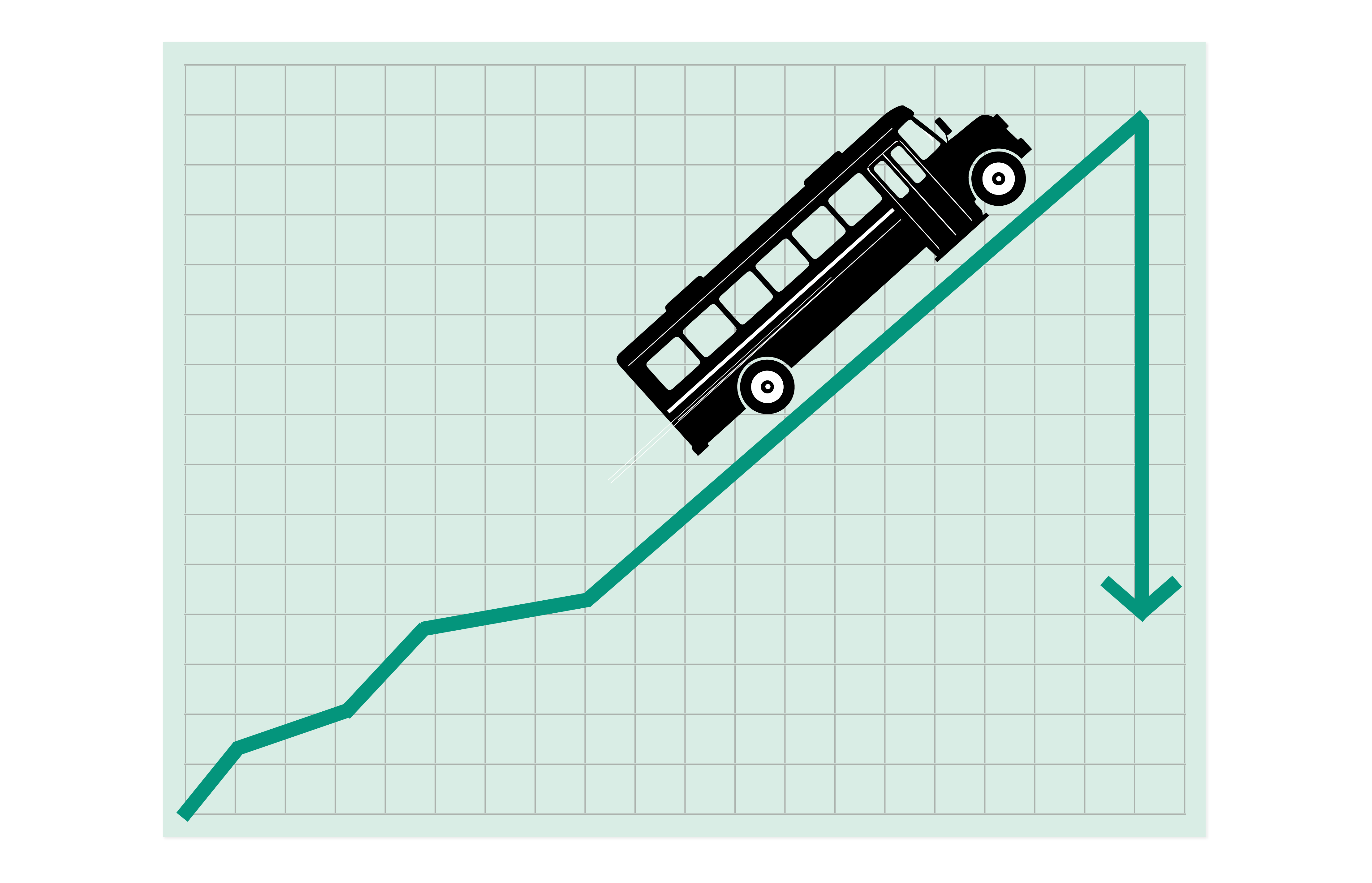Maximizing Title IV and Title II Funds for Equitable CS Education: Leveraging pi-top in Public School Districts
Posted by pi-top on 8th Jul 2024
Public school districts face a problem. Federal K-12 emergency funds will expire in 2024. It is crucial to find other funding sources. They are needed to keep improving students' educational opportunities. Two promising ideas are the use of Title IV, Part A (Title IV-A) funds from the Student Support and Academic Enrichment (SSAE) program. The other is to use Title II funds to support effective instruction. By allocating these funds strategically, districts can invest in innovative solutions like pi-top. These solutions promote fair student participation in computer science. They also provide teachers with the needed training.
The Loomg Funding Challenges
The last phase of Elementary and Secondary School Emergency Relief (ESSER) funding is coming to a close. They have given much support to schools during the pandemic. It is set to end in September 2024. Many states have already spent much of their ESSER III funds. Some districts may not use the rest before the deadline. The cliff is coming. It is coupled with factors like state tax cuts. Also, resources are being diverted to school voucher programs. There are inadequate funding formulas and high costs. And, the revenue outlook is uncertain. These things pose big challenges for public school districts.

Title IV-A Funds: A Lifeline for Equitable Computer Science Education:
Amidst these funding constraints, Title IV-A funds are a valuable resource. They can advance equitable computer science education. The SSAE program aims to improve students' grades. It does this by providing access to a well-rounded education. It also aims to improve school conditions for learning and to enhance the effective use of technology. School districts can use Title IV-A funds to buy pi-top. It is a creative solution that integrates hardware, software, and curriculum. It involves students in interactive computer science and modular robotics education.
Aligning Pi-top with Title IV-A Priorities
Pi-top aligns well with the three priority content areas in the Title IV-A statute. These include Comprehensive Education (CE), Secure and Wellness-Oriented Environments (SWE), and Efficient Utilization of Technological Resources (EUT). School districts can benefit from integrating Pi-top into their curriculum.
1. Promote WRE by linking computer science and STEM education. This will foster critical thinking, problem-solving, and creativity.
2. Contribute to SHS by engaging students in teamwork. This kind of learning can improve school and student well-being.
3.Enhance EUT by providing students with advanced technology and enhancing their digital literacy abilities.

Maximizing the Impact of Title IV-A Funds
School districts should perform a thorough needs analysis and distribute funds wisely. By investing in pi-top, districts can meet the minimum spending requirements for WRE and EUT. They can do this while giving students a transformative learning experience. In addition, districts can partner with colleges, businesses, and community groups. This will further support the use of Pi-top and expand student opportunities.
Advancing Equity through Pi-top
One benefit of using Title IV-A funds for pi-top is the potential to bridge the digital divide. It can also promote equity in computer science education. School districts can ensure that all students have access to high-quality technology and curriculum. This is relevant for all individuals, no matter their background or economic standing. It gives them the chance to gain essential skills in coding, robotics, and problem-solving. This is key in poor districts and underserved communities. They have limited exposure to computer science education.
Leveraging Title II Funds for Teacher Professional Development:
To use pi-top fully, school districts should invest in teacher training. This is where Title II funds come in. They are also known as the Supporting Effective Instruction Grants program. Title II funds can train and provide resources to support teachers' growth. This helps them to integrate pi-top into their classes and adapt to tech changes.
pi-top offers many professional development opportunities. They include training on hardware, software, and curriculum. The company also offers ongoing support for any technical or instructional challenges. School districts can use Title II funds for teacher training. This will ensure that educators can deliver high-quality computer science education using pi-top. This will maximize the impact of the investment from Title IV-A funds.
2024 The Year Ahead
Public school districts face funding challenges in 2024. A mix of Title IV-A and Title II funds offers a big chance to keep and improve fair computer science education. By investing in innovations like pi-top and training teachers, districts can create a supportive environment for students. They can develop digital literacy skills and prepare for success in the 21st century.
By using Title IV-A and Title II funds effectively and by using pi-top, school districts can create a more inclusive and fair education system. This will ensure that all students have the tools and knowledge they need to thrive in a digital world. Also, by giving teachers the needed skills and support, districts can create a lasting framework for providing high-quality computer science education. They can do this even when facing funding limits. Public school districts can pave the way for a better education. They can do this by embracing new ideas and investing in both student and teacher development.
CLICK HERE FOR PI-TOP ROBOTICS SYSTEMS:
Pi-Top - Robotics Systems - Coding and Robotics - STEM (geyerinstructional.com)

